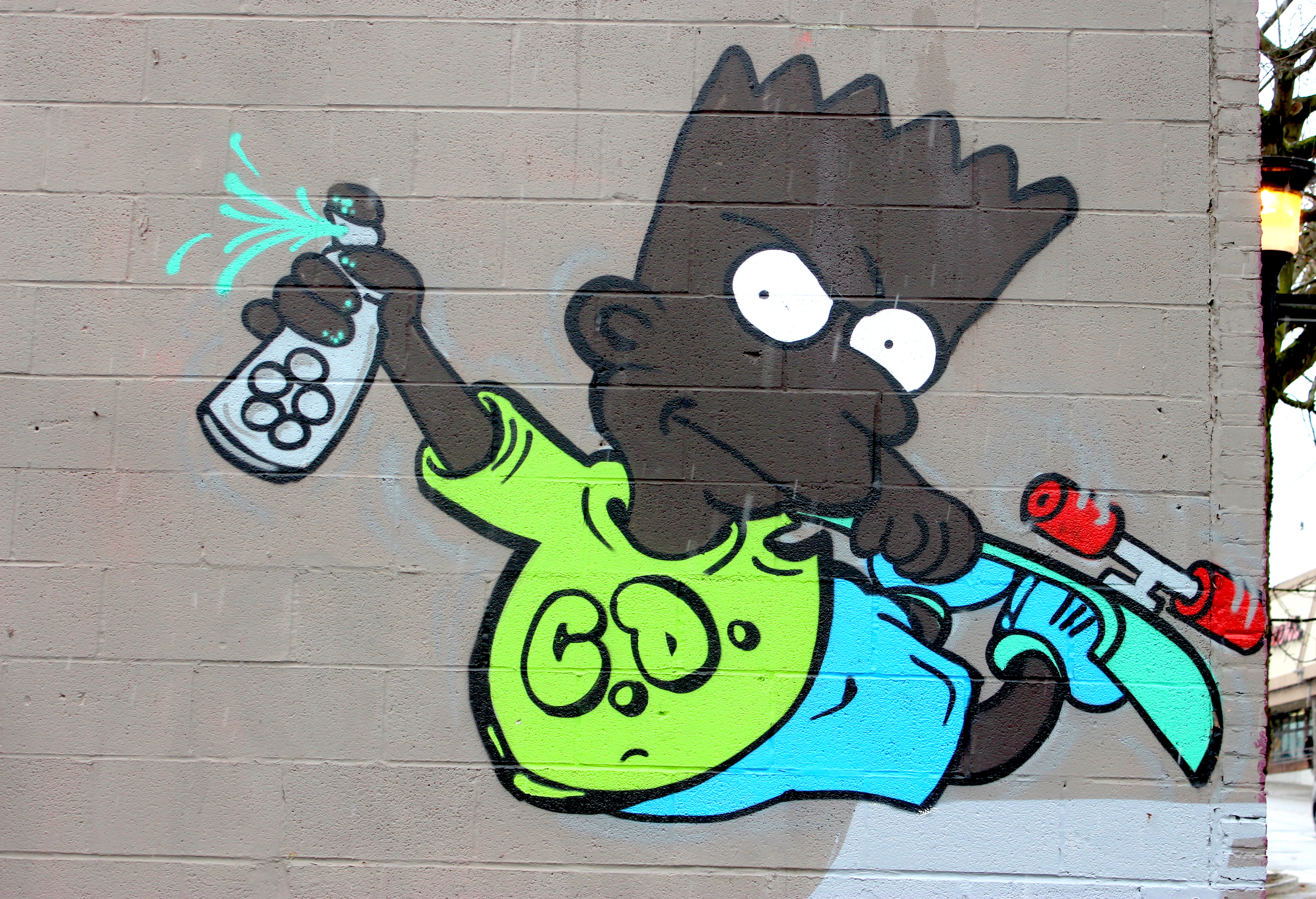The music made by Seattle’s Shabazz Palaces is an encrypted transmission from the cosmos. There really isn’t a word for it yet, but you could call it “Space-SHip-Hop.” So where does it come from? Well, in a number of interviews, lead MC Ishmael Butler has said he doesn’t generate his lyrics. Rather, he claims lines like “cheetah waves clash against the glistening purple cliffs” happen to him. He’s merely a vessel for forces that he is “channeling,” he says—forces both “ancient and futuristic.”
In an interview with The Quietus following the release of Shabazz Palaces’ latest album, Lese Majesty, Butler is asked about the elusive, mysterious veil surrounding his work and his lyricism. The MC explains that he simply taps into the present moment when working on his songs—that “a mood is much more specific, and has more weight, than a word or something that is telling you what to feel, rather than providing the space for you to feel what you’re going to feel inside of it.”
Part of the reason we here at Seattle Weekly decided to put an artist spotlight on Shabazz Palaces for the upcoming Sync Music Video Festival is because the clips filmmakers have created for the wizardly hip-hop duo truly do lay out vast spaces a viewer can inhabit, explore, and feel. Hiro Murai’s video for “#CAKE” runs around a shadowy urban landscape that suddenly blooms with mutating beings, at times recalling the album cover for Bitches Brew by Miles Davis. Chad VanGaalen’s brilliant animated clip for “Forerunner Foray” drops into a sea of shifting forms, aqueous and Egyptian in nature, before sending Magic Johnson soaring through space on a slice of pizza. The videos feel the way the music does—mystic and vast.
Butler achieves this visual and sonic synchronicity—according to L.A. filmmaking group TEAN, the team behind Shabazz Palaces’ “Motion Sickness” video—by making filmmakers into “channelers” as well, asking them to explore the moment in the same way he does with his music.
“[Butler] sent us the entire album [Lese Majesty] beforehand and asked us what songs we liked and wanted to do a video for, which is really unusual,” TEAN’s Jamieson Fry says. Kerrie Kvashay, the team’s writing specialist, was immediately sparked by “Motion Sickness” and the tale it weaves about a drug dealer’s rise and fall. TEAN eventually turned the song into an HBO-worthy narrative about a reality-TV star whose on-the-side coke dealing sparks unusual daydreams in her neglected young daughter, who imagines her mother as an astronaut drifting through space, chasing a crystal that might actually destroy her.
“For ‘Motion Sickness,’ there was always this question of how to end the video—does it end where she’s running away from the cops? Does she get arrested? Is it an upper or a downer?” Fry says. “We left it open to Ishmael. We told him, ‘Hey, this is our interpretation of the song, but it’s your song so we’ll leave it up to you. If you’ve got any feelings about it, let us know.’ And he said the coolest thing in the world to us, which was, ‘Why don’t you just see what it feels like on set and just go with what you feel is right.’ He would ask us questions like, ‘Is this character like this or like this?’, and we’d go, ‘What do you think?’ and he’d go, ‘No no no no! It’s your thing! What do you guys want to do?’ ”
This directive shocked the filmmaking team, which is used to working with PR teams and agents who often have very specific, marketing-based guidelines in mind. Butler couldn’t have been more different in his approach—he spoke very little during his meetings with TEAN, occasionally uttering a protracted “Cooool” or another nugget of encouragement to “simply feel the narrative out” as it went along.
“He didn’t say that much, but everything he said was so astute, he was right there in the idea with you, and had this crazy depth of understanding of filmmaking that we didn’t expect,” Kvashay says. “It really meant a lot that he told us just to go with the moment. That is the most energizing and empowering note we could have received. It’s hard to stress how much that confidence allowed us to be bold and decisive. That’s what really happens when you’re making art. You’re interacting with the moment. It’s not always easy to explain that to someone . . . but he did.”
On set, the team took that directive to heart with their cast as well, telling the actress who played the lead character, Francesca, “You’re inhabiting this character that the three of us have envisioned, and now it’s in your hands.”
As a result of that openness, TEAN says “Motion Sickness” ended up being one of their favorite projects. Critics liked it too, with The Fader, Okay Player, and Pilerats all suggesting the clip would work as a feature-length film or a television series.
“The whole thing was a dream come true,” Kvashay says.
Whether or not the viewer understands Shabazz Palaces’ esoteric lyrics or the films that accompany the music is beside the point. If you spend some time wandering around dumbfounded in Ishmael’s brain, or within the films that have been inspired by that brain, you’ll likely discover some meaning of your own.
To tap into the wavelengths of the universe, as Butler claims to do, is a feat in itself. But to elevate filmmakers you’ve never met to tap into unspoken wavelengths, and in turn elevate viewers to become cosmic channelers themselves, is a triumph that deserves, at the very least, a feature at our festival. Come get exalted with us this Saturday.
ksears@seattleweekly.com
SYNC MUSIC VIDEO FESTIVAL SIFF Cinema Uptown, 511 Queen Anne Ave. N., siff.net. $15. 9 p.m. Sat., Feb. 28.








